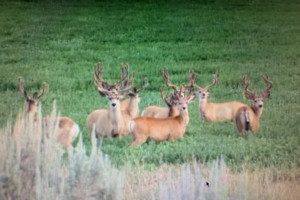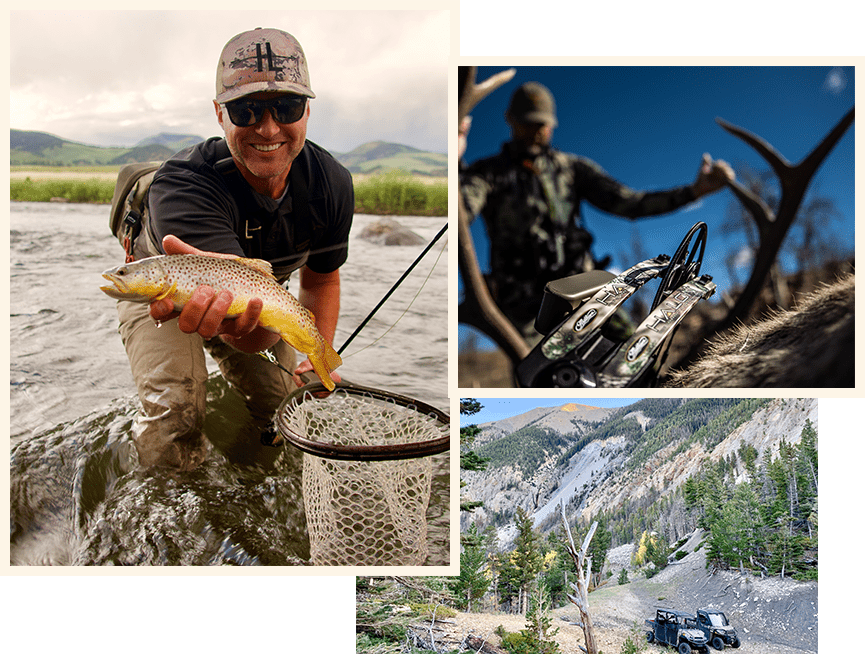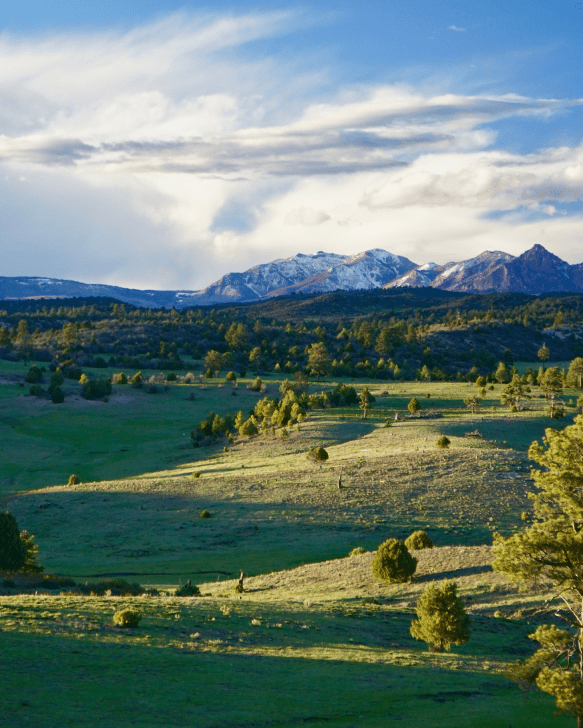
New hunting land means unknown territory, and if you’ve got a lot of ground to cover, efficiently scouting a new piece of land can seem overwhelming. Whether you’re a first time hunting ranch owner, or you’ve scouted many pieces of land throughout your hunting days, here are 10 top tips that are sure to help make your scouting process easier and faster so you can get to what you really came to do — hunt.
Get Your Hands on All of the Maps
You want your eyes on as many hunting ranch maps as possible before actually hitting the ground. The more you know about the property beforehand, the better. So, do your research, and study any map you can get your hands on. Helpful places to start would be city or county water maps, plat maps, and aerial maps. While you’re studying, make note of any obvious edges and variations in terrain.
Start Your Scouting Expedition at Those Edges
Basically you are looking for any break in habitat or where one becomes another. This could be where crops meet timber or where mature timber meets young timber. Big game, deer in particular, are attracted to the vegetation and other resources these types of areas tend to offer. Edges could also be terrain-based. For example, a saddle that cuts through a hillside or a drain or stream that runs through flat land.
Use Trail Cameras Strategically
If you find a hot sign, put a trail camera on it immediately. Be strategic with your camera placement, and, when possible, place them up high. Cameras out of direct line of site for game like deer and elk are less likely to be spotted by the animal, so the more discrete and hidden, the better.
Locating Beds is Your Next Priority
Once you’ve identified your edges, your next step is find actual bedding areas. You want to know exactly where animals are laying down during the day, and exactly how close you can and cannot get to these areas. As soon as you think you’ve found one, mark it so you know exactly where it is.
Track Trails To and From Bedding Areas
Now that you’ve located bedding areas, it’s important to figure out where animals go when they leave their beds. Important elements to keep in mind are things like wind direction that influence your ability to enter the area without being seen, smelled, or heard. You can then mark your standing areas based on those factors.
Water and Food
The direction of food and water resources in relation to the bedding areas will likely influence the direction animals go when they leave their beds. Locating these resources will give you a general idea of which way they will go when they leave, and a rough idea of how they will return, although a downwind shift is most likely.
Gauge Hunting Pressure
Hunting pressure will determine how close you will need to get to the bedding areas. If pressure is low, animals are more likely to stray further from their beds during the day and you can keep your distance as well. On the other hand, if pressure is high, you will probably have to venture pretty close to the bedding areas before seeing any game.
If you’re hunting on private land, the odds of high hunting pressure are low. However, if it’s public land, good signs of high pressure are other cars on the roads in the parking lots, boot tracks, and ground blinds. If you see another human being, hunting pressure is peaking.
Write Everything Down!
You cannot remember everything, and you’ll thank yourself later when you have notes on specific areas. You can use a paper map and write your notes or use one of the several, convenient hunting maps on the market now. Either way, taking your time to write down even the smallest detail about an area could help you immensely when it’s time to hunt.
Flash Hunt
If there is a lot of ground to cover, grid off the area and hunt in sections. Start with the high-odds areas first and make your way to the lower-odds areas. Over time, you will have a better feel for the land and will feel more comfortable with your surroundings,
Keep Moving
In contradiction to tip #8, if you have a lot of ground to cover, you don’t have time to be passive and move slow. It’s important to be responsible and take your time when you need to (i.e. writing down details) but don’t over-do it. Take calculated risks, move with a purpose, and be thoughtful. It will all come together eventually, and you will have set yourself up for a successful hunt.


